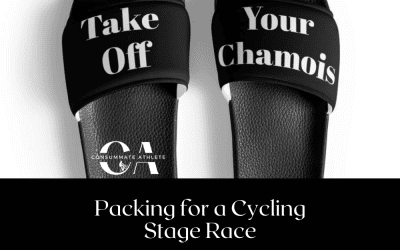To be honest, the big thing I’m finding out is that it takes a lot of trips and a lot of nights *not* staying in hotels for a van setup to truly pay off. Decent vans—ones that can make it across the country—don’t come cheap. And ours was specifically chosen for the ability to work as a regular daily life van when we are living in one place, so it couldn’t be huge, clunky, or have things regularly breaking down.
That said, our first week of camping was a great example of it definitely paying off, even in a small way. And since Travel is our word of the month, let’s dive into some serious, real-world budgeting. (Note: This post is assuming you’ve already bought the van and the engine is running fine.)
Instead of AirBNBing in Louisville (around $500 for the 5 days for a mid-range spot), we opted to finally get our bed built ($80 in wood and probably 8 hours of our labor, plus another 2 of setup) and bought a sleeping pad (another $80 and we still need one more). Then there was a quick stop for a tarp, bungee cords and sheets, plus some other necessities like groceries and toiletries, which ran about $190 (including groceries for 5 days though). We had most of our other supplies—sleeping bag, cooking stuff, etc.—from past trips, so it wasn’t too bad. The campsite was a total bargain—free wifi, hot showers, great MTB and hiking trails—for $100 for the week.
Total? $450, which ends up only being $50 less than Louisville… But wait! The real savings came from how we lived that week. Normally we would go out to dinner at least once ($60), probably out for drinks once ($30), out for a couple lunches ($40) and definitely out for coffee most days ($15 per day is $75). Granted, those are high estimates, but in a foodie heaven like Louisville, it’s not crazy to assume that we would spend an extra couple hundred bucks on food and drink. Plus, then there’s shopping… And when you’re at a campsite, you can’t really window-shop (and the closest store was three miles away and was a Walmart). Louisville always gets me with boutiques, but not this year!
That said…
Van life isn’t always cheaper: in California, for example, campgrounds with showers (and no WiFi) go for $50 per night. Which means you either have to find a random side street or parking lot (and then a bathroom and a shower, usually in the form of a day pass at a gym), plus be more subtle about doing things like cooking, which means you end up going out to eat a lot more for the sake of ease.
In fact, camping in SoCal is so expensive that it actually ends up being cheaper in some circumstances to just find an AirBNB to rent, especially if you have a few friends to split a house.
To add to that: even our small van means slightly lower gas mileage than my small pickup truck, especially once we weighted it down with the bed frame. We’ve had to buy plywood, but also sleeping pads, and the various imperfect storage solutions haven’t been expensive, but they haven’t been free either. Things like a plug-in cooler, plus solar panel and battery charger were added expenses as well.
So, before you decide to rent out your apartment and take off in a van, make a realistic budget. A friend of ours is taking off for three months and asked us for our opinions on what unexpected expenses would be. To name a few:
- Tolls
- Oil/filter changes (much more important the bigger your van is!)
- Coffee stops (especially in areas where cell service is bad and you need to hop online, or when you need to recharge a lot of batteries)
- “Quick snacks” i.e trail mix and veggies bought piecemeal versus in big batches
- Campsites / gym passes / showers at truck stops
- Toiletries if you’re trying to pack light and opting for travel size
- Packing ultra-minimal/Clothes you forgot. (It’s tempting to pack a small bag of stuff and assume you’ll be fine. But plan ahead for all types of weather, so you don’t end up missing that coat when you realize that while it’s 90 in Tucson during the day, it’s 40 at night and your car is freaking cold. The flip side of this is over-packing, which I’m prone to, but it’s easier to donate stuff or send it home, or just deal with the space it’s taking up, versus dropping $$ to replace stuff you know you have… just not with you.)
- Batteries. This is a tough one, since usually, battery-powered stuff is way cheaper than rechargeable options. Because of this, think about how much you use something before you buy. (We’re lamenting buying battery-powered headlamps, for example, but don’t regret battery-powered lanterns that don’t get used as much.)
- Roadside assistance. Definitely get AAA. But also be prepared with spare tire and change kit, battery recharger, all that fun stuff—and again, that’s going to add to the initial budget, but might save you in the long run.
- Food cooking gear. This is weirdly where we’ve spent a ton of money, since we’ve been switching out stuff for two years now trying to make the perfect food box with food prep stuff that works well in a hotel and at a campsite. (More on that in a later post.)
- Good blankets. Cute woven blankets might seem cool in #VanLife ‘grams, but trust me, you’ll want a decent sleeping bag/sheet setup for when nights get cold/hot. Light blankets really only work in a tiny range of temps!
Let me know in the comments: have you done the more-expensive-than-you-thought #VanLife trip? Any recommendations for $$-saving?





